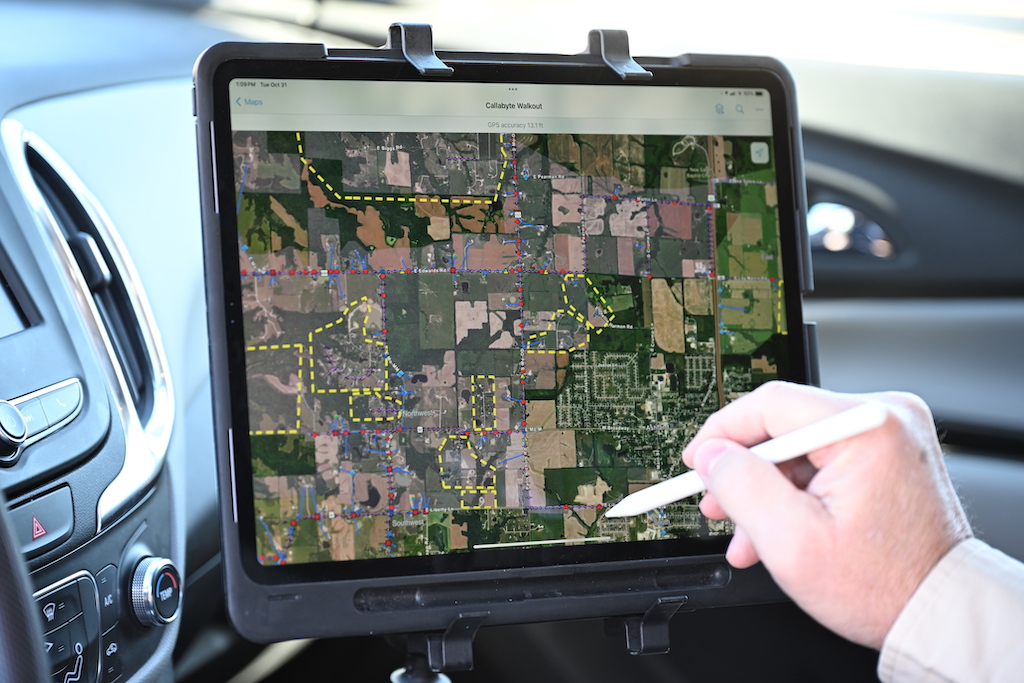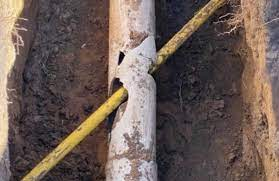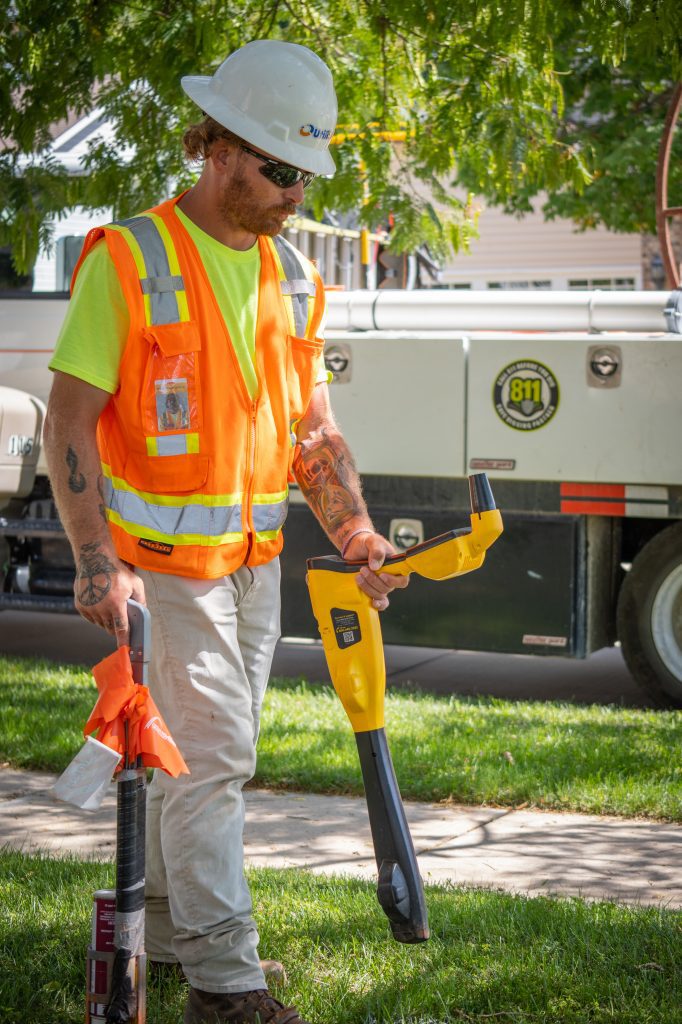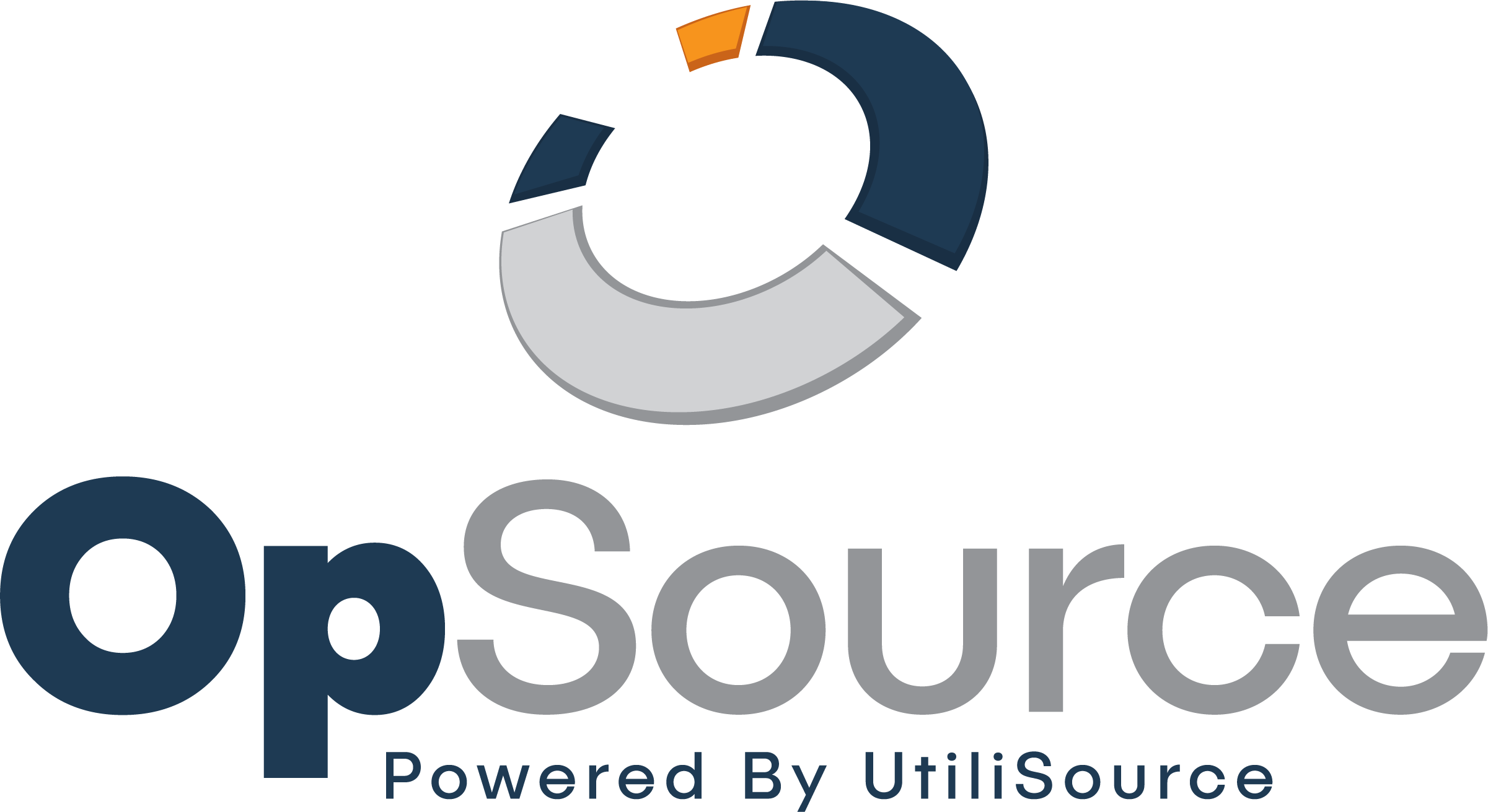Utility companies, both public and private, manage a variety of assets and resources. These resources need to be managed efficiently and effectively. This helps to ensure the health and safety of the public and maintains the profitability of your operations. Underground utility networks are complex, and therefore, they require robust asset management plans to keep utility lines in working order.
From electric utilities, to water utilities, to the internet, having a utility asset management system is critical. It allows you to manage and protect your most valuable infrastructure.
What is Utility Asset Management?
Utility assessment management is helpful in a variety of industrial applications, such as electrical grids. It enables utility companies to manage their most critical infrastructure. Proper asset management tracks the age, use, inspection history, maintenance history, and more.
Optimizing your utility asset management processes reduces equipment failure and outages. It may even increase the lifetime of your equipment. Increase efficiency and reduce costs. Keep your equipment running longer with asset management tools.
Utility Asset Management Best Practices
Balancing the need for new infrastructure and equipment, while keeping operational costs low is a common problem utility companies face. You want to offer top of the line services, but still offer affordable solutions for their customers. One of the best ways to do this is by maximizing the lifetime of your equipment.
Increasing the lifespan of your infrastructure and optimizing its performance is key to protecting your equipment. Continue reading below for our list of best practices for protecting the integrity of your equipment.
Establish a Objectives
The first step is proper asset management is to establish a baseline and define a clear set of objectives. These objectives should be measurable goals that you want to achieve. Typically, both long term and short term goals are set to determine success.
Common KPIs Include:
- Reduce costs
- Minimize unplanned outages
- Extend life cycle of equipment
During this step, you also want to establish a baseline in relation to each asset. This may include current asset performance, asset condition, and optimal performance indicators. This helps identify potential concerns and address service issues faster.
Take Inventory and Determine Priority Status
Another key practice for asset management for the power and utility sector is to categorize assets by priority. Essentially, creating a hierarchy for your equipment and determining what is most to least important for your organization.
Having a complete, detailed list of every asset is very important to the asset management process. Asset tracking and tagging gives each asset a unique identifier, allowing you to create an easy-to-maintain asset library.
Common details included in your inventory list includes:
- Location
- Size
- Model
- Manufacturer
- Date installed
- Inspection and maintenance history
- Current condition
For example, infrastructure that is key to delivering services reliably will be a higher priority than other assets. Some assets that may be lower in priority are those that aid in performance, but do not prohibit delivery of said services. This, paired with your performance goals is the first set to proper utility asset management.
Be Proactive and Evaluate Current Processes
The key to asset management is proactivity, not reactivity. Run-to-failure, although common practice is not best practice. It often results in costly downtime and angry customers.
Combine asset tags and barcode labels with your asset management to easily gather data on all of your infrastructure. Drive decision making with detailed information on all of your equipment. Get better compliance reporting and plan predictive maintenance.
Integration and Digitizing your Data
By integrating and digitizing your data, all of your data is formatted in one, consistent way and can be shared seamlessly. Make better decisions with data that is easy to read, understand, and analyze.
Many platforms even integrate geospatial software that will sync your asset data across all of your systems. Increase visibility across your job sites and crews with a digital asset management system.
Software for Utilities Asset Management Systems
Nowadays, there are many tools and resources available for utilities asset management. Software for managing assets is designed to store information in secure databases so they can be accessed remotely and tracked in real-time. This allows companies, utility operators, and technicians in the field to access critical data when and where they need it.
Improve field processes, reduce costs, and minimize outages with a field asset management system. Keep your teams in the know with cloud-based software that can be accessed from anywhere with asset management in the utilities industrial.








